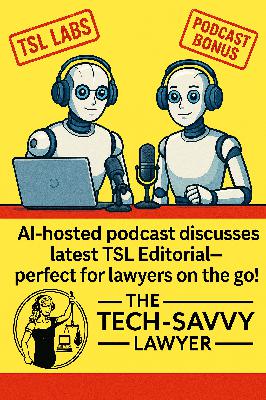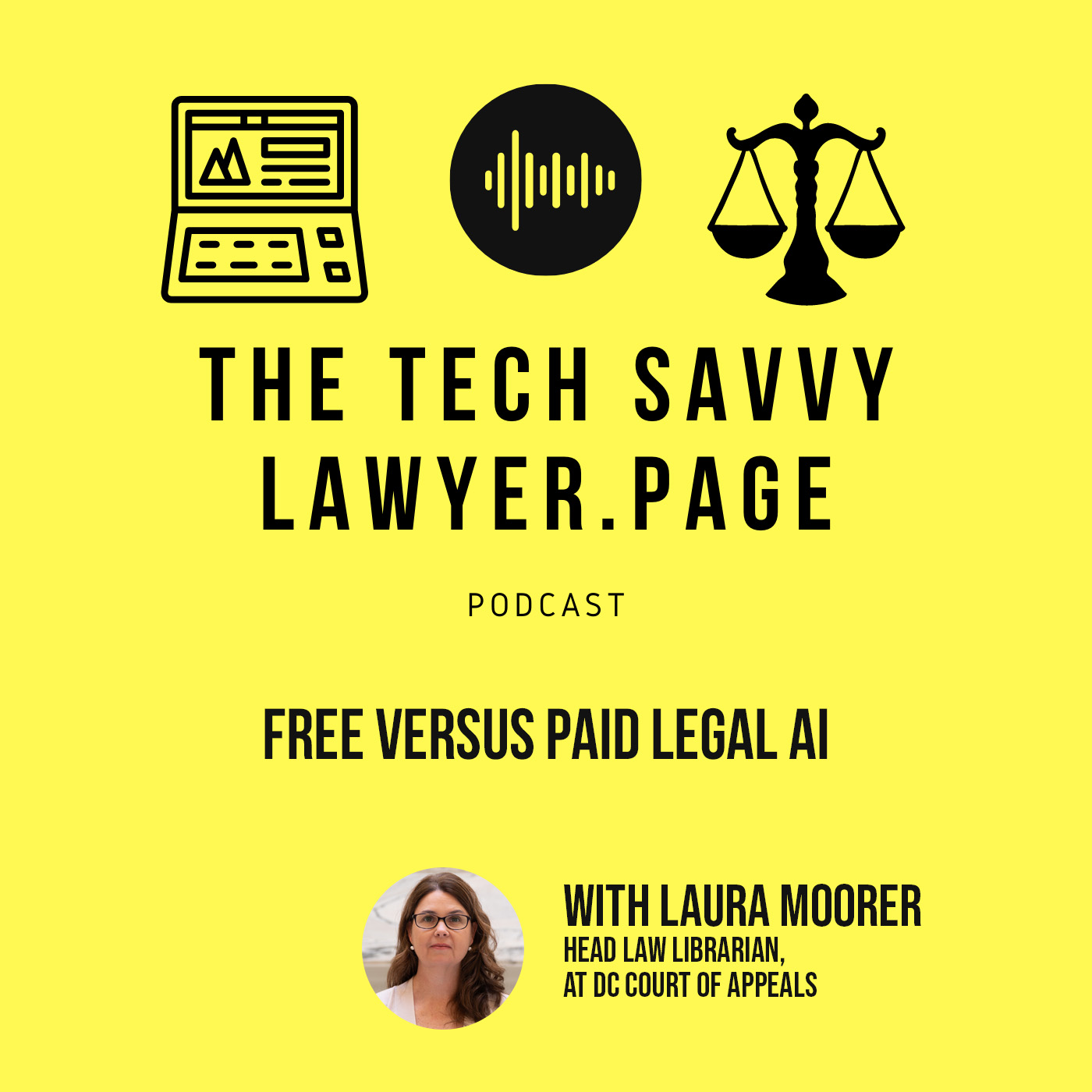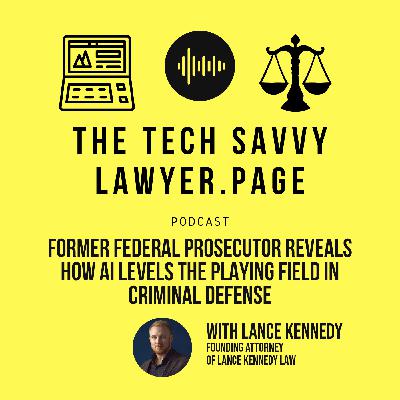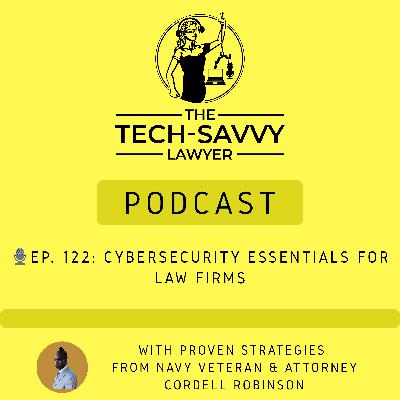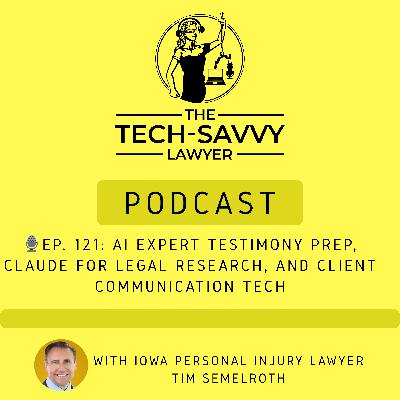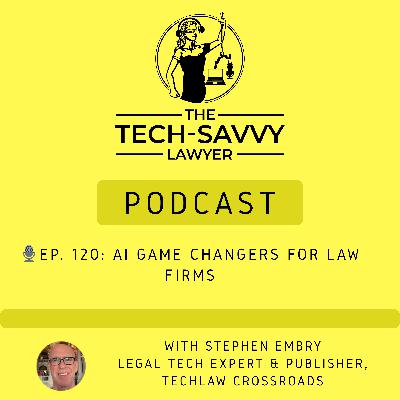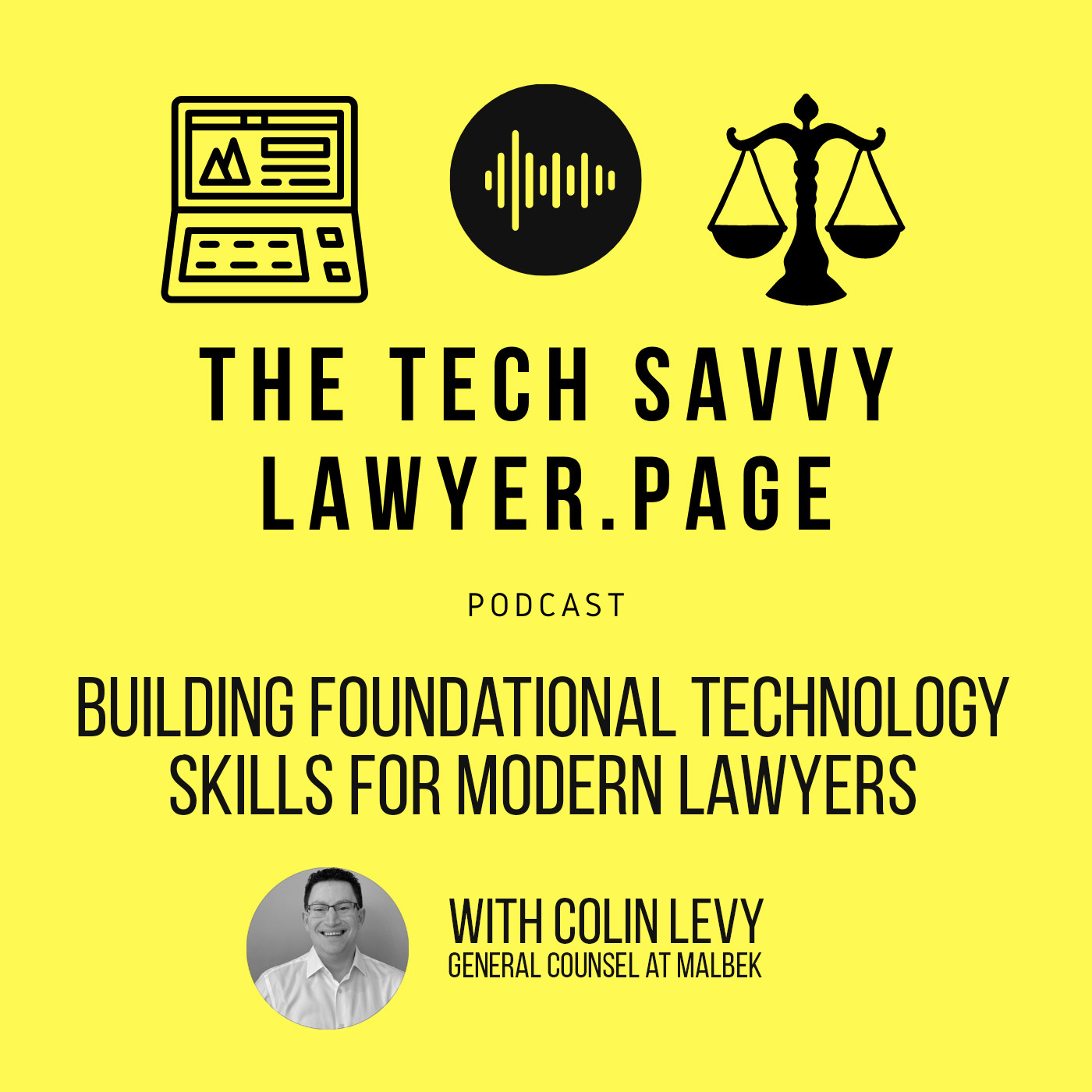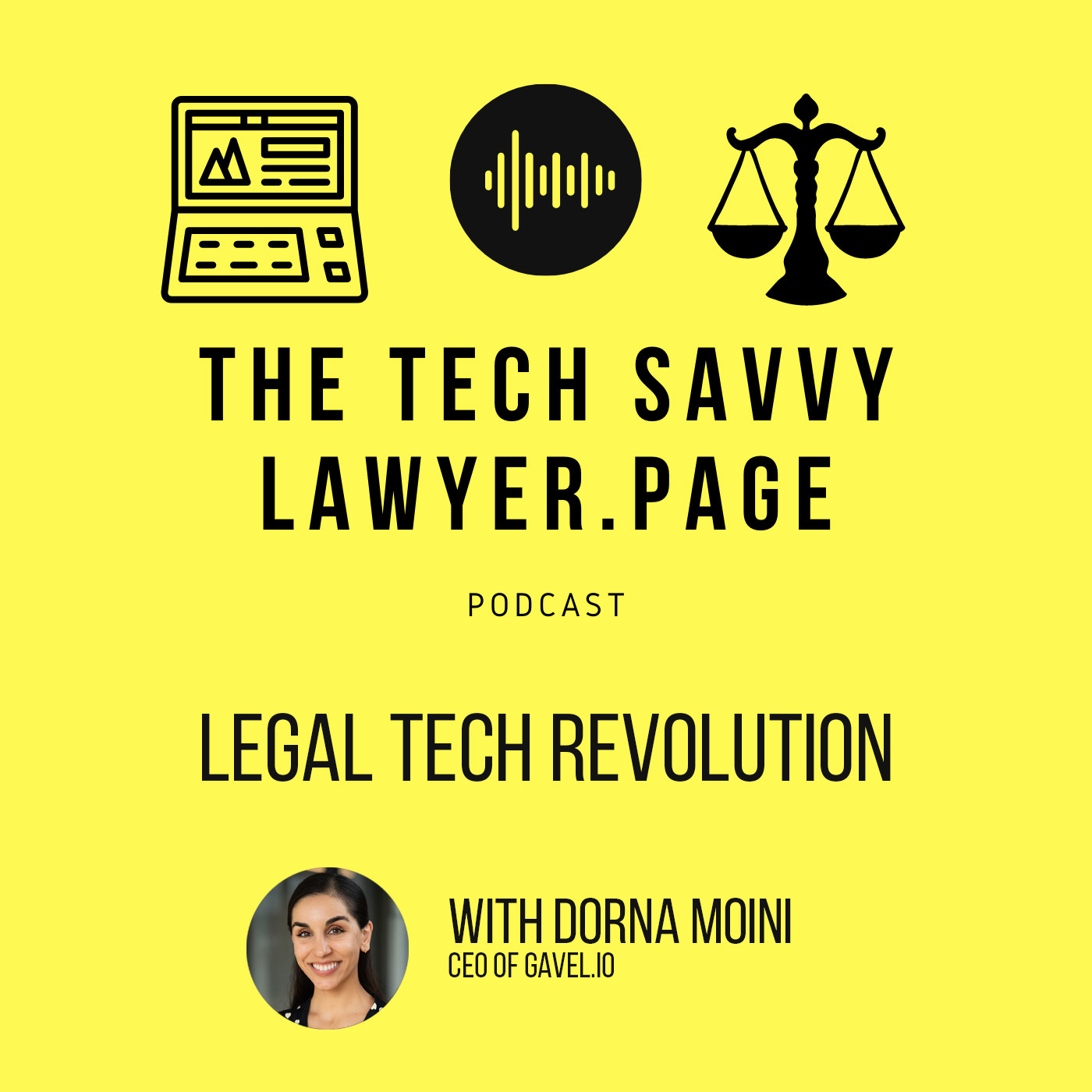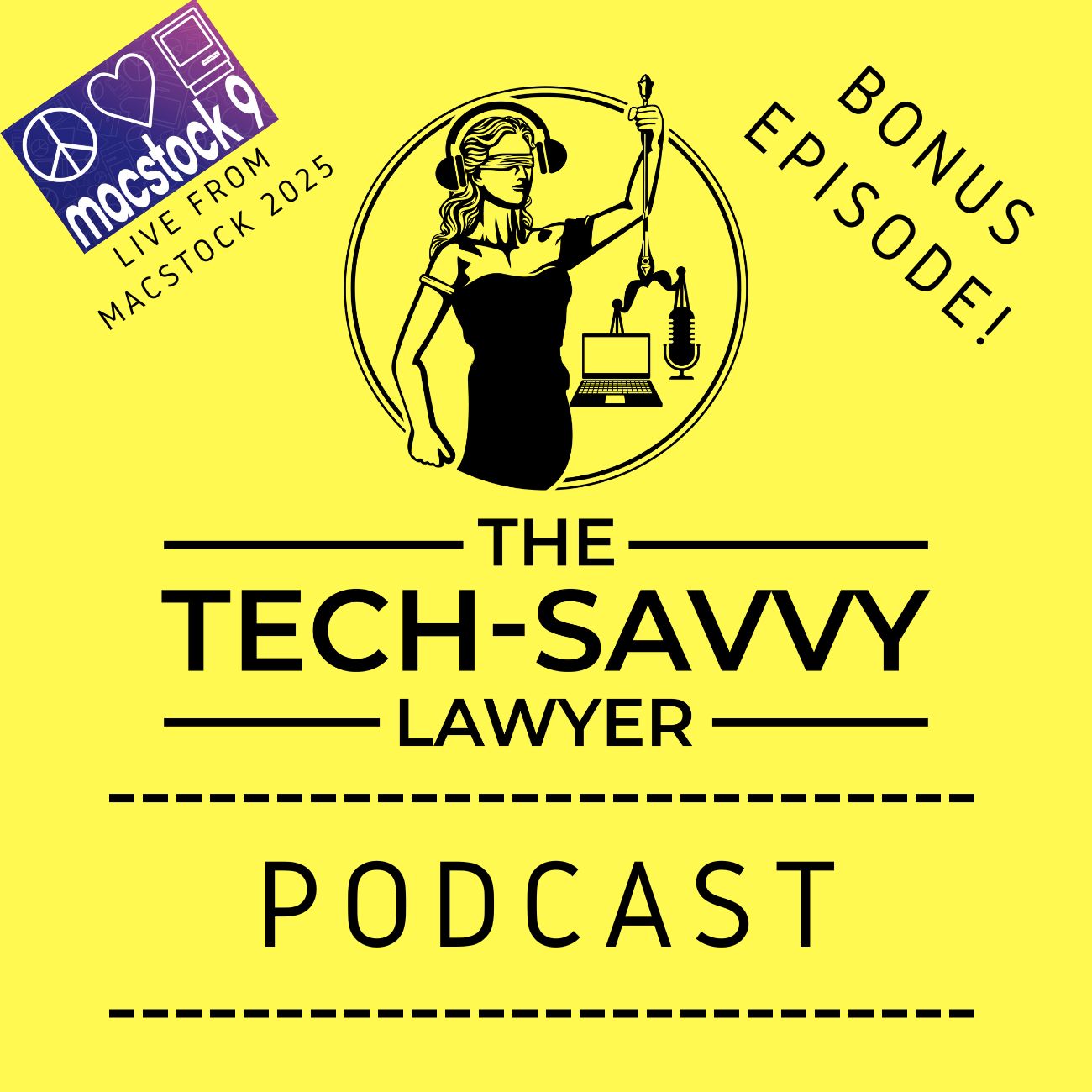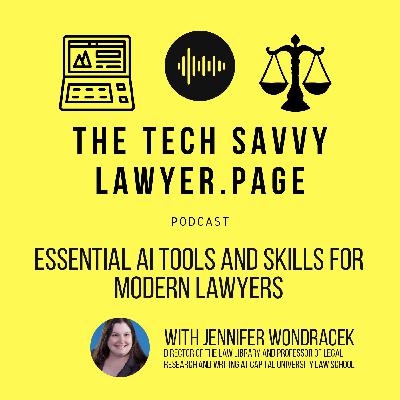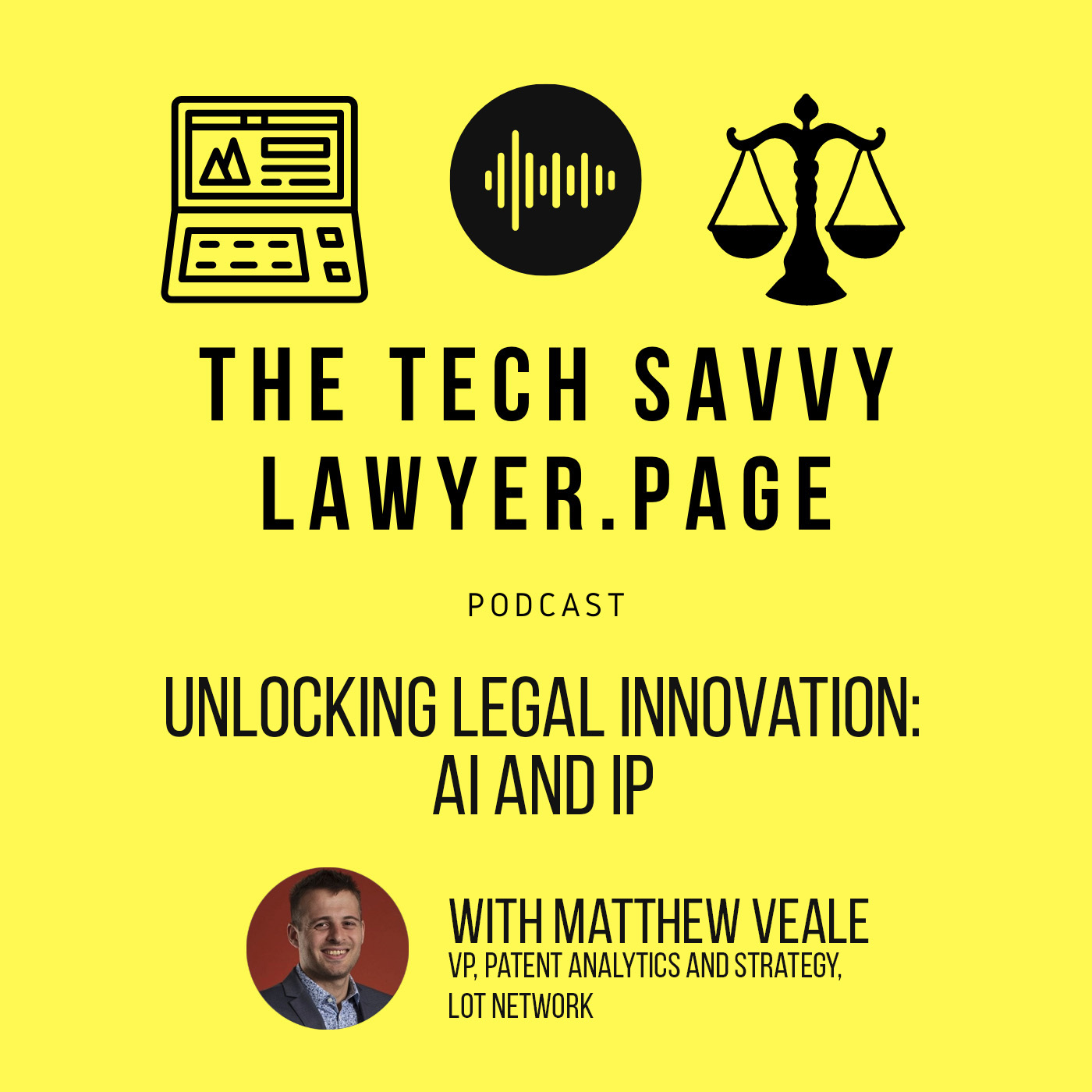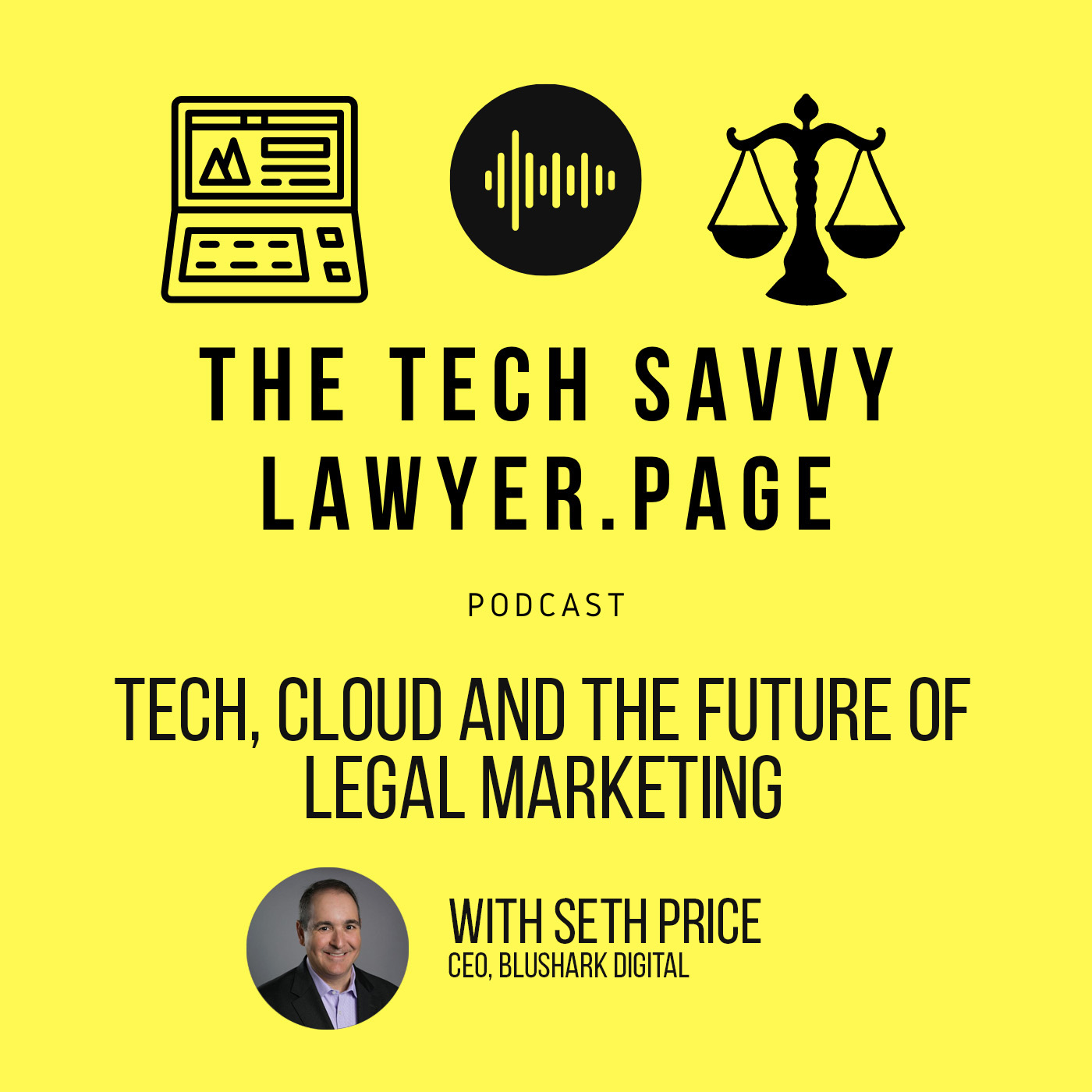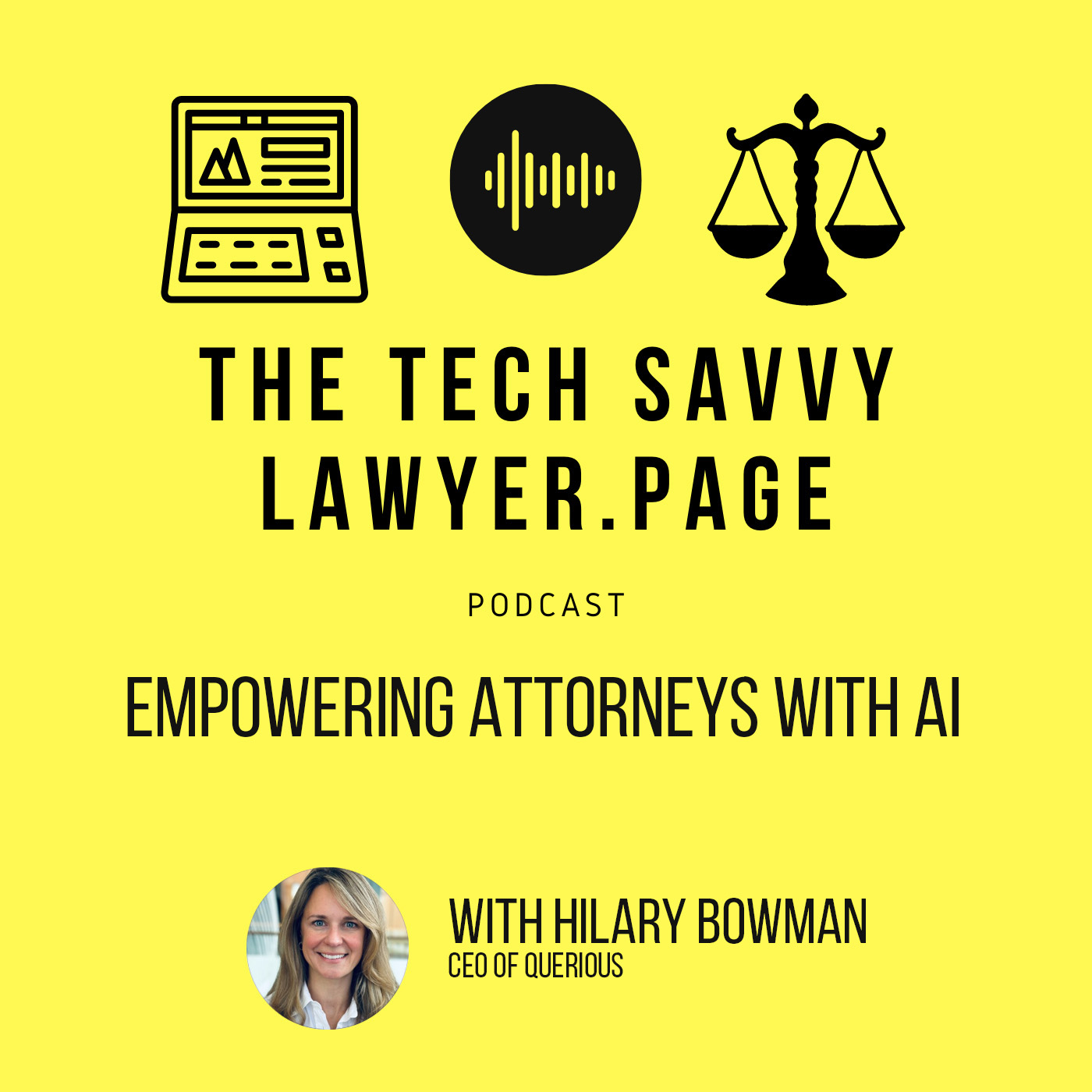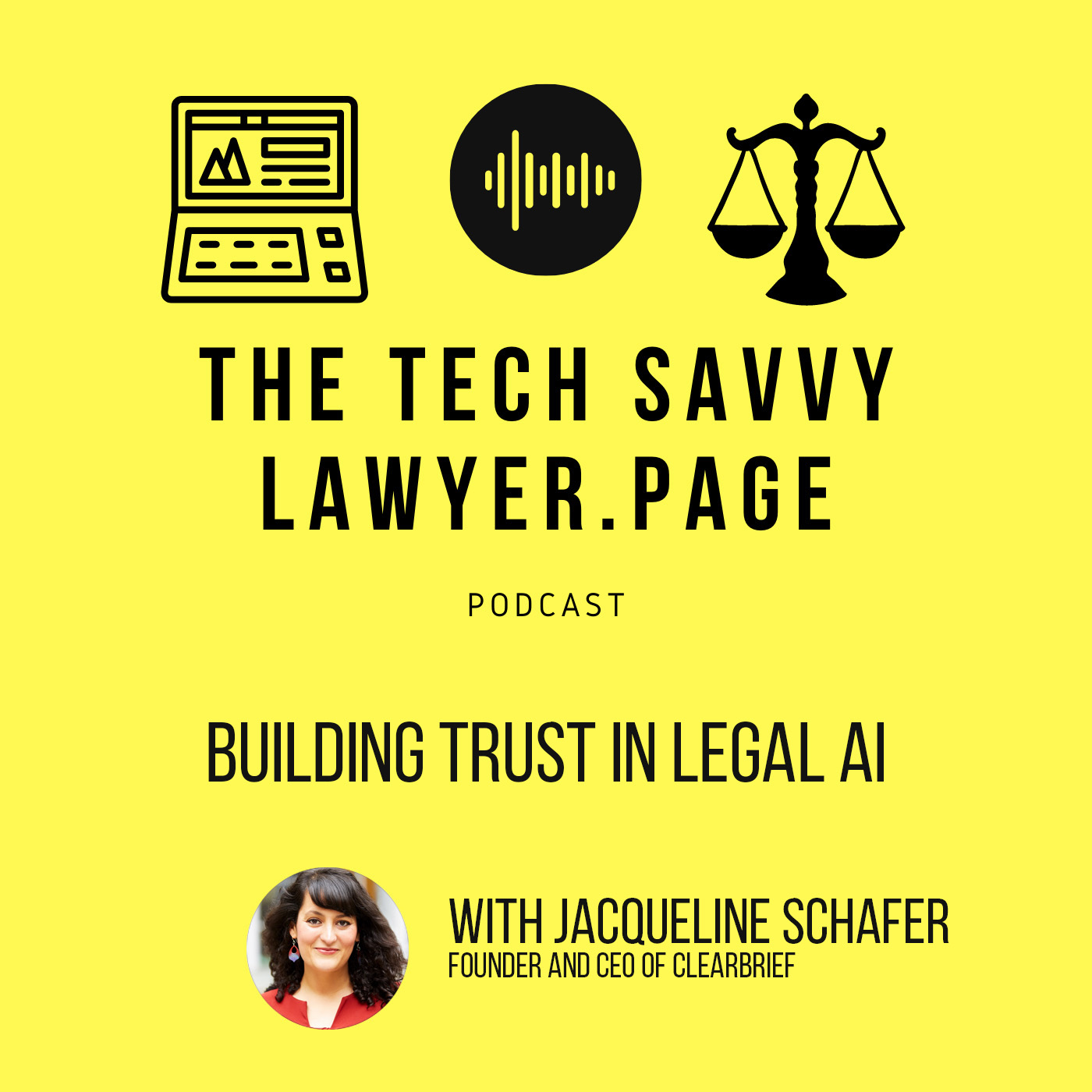🎙️ TSL Labs! Google AI Discussion of MTC: Deepfakes, Deception, and Professional Duty - What the North Bethesda AI Incident Teaches Lawyers About Ethics in the Digital Age 🧠⚖️
Description
📌 To Busy to Read This Week's Editorial?
Join us for an AI-powered deep dive into the ethical challenges facing legal professionals in the age of generative AI. 🤖 This episode explores the real-world story that sparked critical questions about professional responsibility: a North Bethesda prank that went wrong and became a legal cautionary tale. We unpack the implications of AI-generated deepfakes for evidence authentication, client confidentiality, and the fundamental duty lawyers owe to the court. Whether you're navigating emerging tech in your practice or learning how to protect yourself from costly bar complaints, this conversation provides actionable insights into ABA Model Rules 1.1, 3.3, and 8.4. 📋
What You'll Learn:
✅ The technology competence imperative for modern attorneys
✅ How deepfake detection connects to ethical obligations
✅ The clash between client confidentiality (Rule 1.6) and candor to the tribunal (Rule 3.3)
✅ Five practical safeguards to implement immediately
✅ Why the "liar's dividend" threatens judicial integrity
⏱️ In Our Conversation, We Cover the Following:
- [00:00:00 – 00:01:00 ] Welcome & episode overview—exploring generative AI and legal responsibility in the digital age 📱
- [00:01:00 – 00:03:00 ] The North Bethesda deepfake incident—a 27-year-old woman's prank turns into criminal charges when her AI-generated photo triggers an emergency response 🚨
- [00:03:00 – 00:04:00 ] The technology competence imperative—ABA Model Rule 1.1 and the 2012 amendment requiring lawyers to understand AI risks 📚
- [00:04:00 – 00:05:00 ] The extent of adoption—31+ states have adopted or adapted tech competence language; it's no longer optional 📍
- [00:05:00 – 00:06:00 ] Three core competencies lawyers need: How AI content is made, detection methods, and proper authentication practices 🔍
- [00:06:00 – 00:07:00 ] Rule 3.3 in the AI era—candor toward the tribunal when evidence authenticity is questioned 🏛️
- [00:07:00 – 00:08:00 ] The liar's dividend phenomenon—how deepfakes undermine trust in all evidence, even genuine materials 🎭
- [00:08:00 – 00:09:00 ] Defending authentic evidence—proactive authentication, metadata, and chain of custody documentation 📊
- [00:09:00 – 00:10:00 ] Rule 8.4 and the ethical precipice—the line between negligence and fraud when submitting unverified digital evidence ⚠️
- [00:10:00 – 00:11:00 ] The Rule 1.6 vs. Rule 3.3 conflict—when client confidentiality must yield to candor with the court 🤝
- [00:11:00 – 00:12:00 ] Disclosure obligations—lawyers must reveal false evidence, even if provided by their own client 📢
- [00:12:00 – 00:13:00 ] Safeguard #1: Invest in education—CLE courses, Florida's three-hour tech requirement, and continuous learning 🎓
- [00:12:00 – 00:13:00 ] Safeguard #2: Establish verification protocols—documentation, metadata demands, and forensic expert consultation 🔐
- [00:13:00 – 00:14:00 ] Safeguard #3: Disclose limitations transparently—admitting gaps in expertise and using Rule 1.1 to bring in qualified co-counsel 👥
- [00:14:00 – 00:15:00 ] Safeguards #4 & #5: Update client agreements and stay alert to evolving guidance from bar associations 📝
- [00:14:00 – 00:15:00 ] The bigger question—what's the long-term cost to justice when digital evidence authenticity is perpetually questioned? 🔮
📚 Resources
Connect with Michael D.J. Eisenberg
🌐 Website: https://www.thetechsavvylawyer.com
📧 Email: MichaelDJ@TheTechSavvyLawyer.Page
💼 LinkedIn: https://www.linkedin.com/in/michaeldjeisenberg/
📱 Podcast: https://www.thetechsavvylawyer.page/podcast
Mentioned in the Episode
🔹 ABA Model Rule 1.1 – Competence requirement (amended 2012)
🔹 ABA Model Rule 3.3 – Candor toward the tribunal
🔹 ABA Model Rule 8.4 – Misconduct (dishonesty, fraud, deceit, misrepresentation)
🔹 ABA Model Rule 1.6 – Confidentiality of information
🔹 North Bethesda, Maryland Deepfake Incident – October 2025 case study
🔹 Florida CLE Mandate – Three hours of technology-focused continuing legal education every three years
🔹 40 States, D.C. & P.R. – Jurisdictions that have adopted ABA Model Rule 1.1 technology competence language

